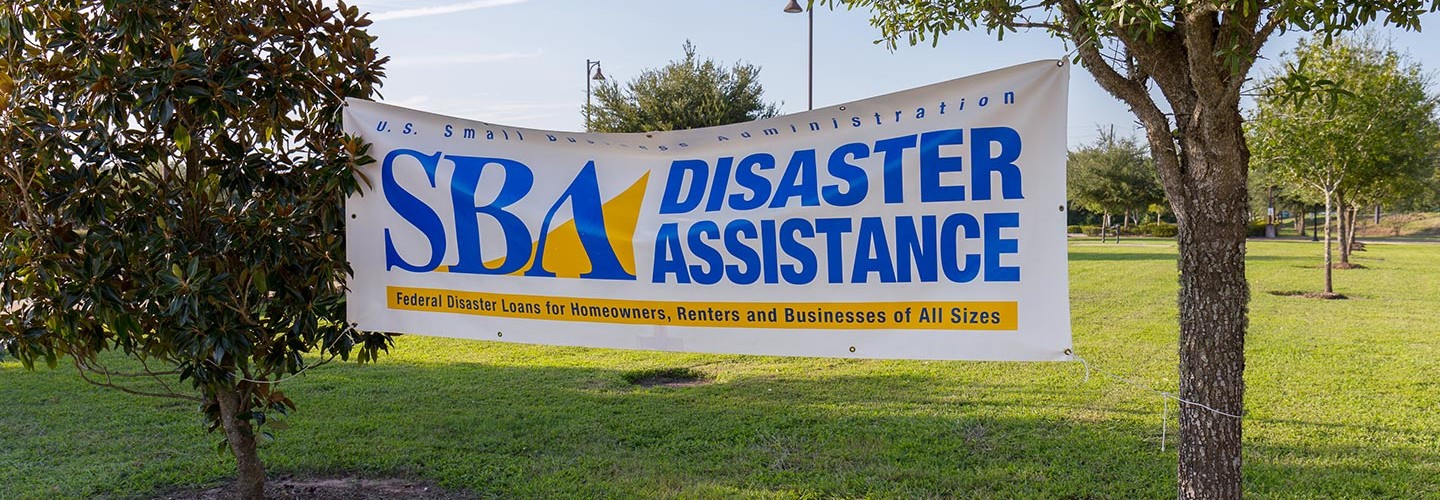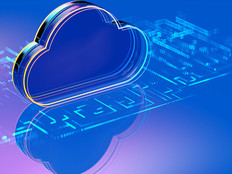SBA Uses VDI to Deliver Aid After Hurricanes
VDI is popular among federal agencies because it is a mature technology “and incredibly secure,” says Chris Howard, vice president of public sector sales at Nutanix. The company works with security and law enforcement agencies.
The Small Business Administration switched to virtual desktops in the spring of 2017. They did so, says Sanjay Gupta, CTO at the SBA, because the agency was desperately in need of IT upgrades.
Adds Gupta, “We knew the cloud would be the direction for us to go forward.”
Instead of putting money into modernizing its outdated data center, the agency invested in cloud instead.
The timing turned out to be opportune as the U.S. was hit with three major hurricanes later that year. Gupta explains, “We had no idea how ugly the hurricane situation would become.”
Hurricanes Harvey, Maria and Irma became three of the five costliest hurricanes ever to hit the United States, causing a total of $265 billion in damage, according to the National Oceanic and Atmospheric Administration.
The SBA had to scale up its Disaster Loan Assistance program, and it did so quickly. “We went from 800 people to more than 6,000 people in about 60 days,” says Gupta.
Creating a virtual desktop cloud for a subset of those people was quicker and more cost-effective than buying hardware; SBA avoided about $350,000 in hardware costs, according to its FY2019 Annual Performance Report. And just as the agency was able to scale up quickly during peak disaster support, it was able to scale back down.











